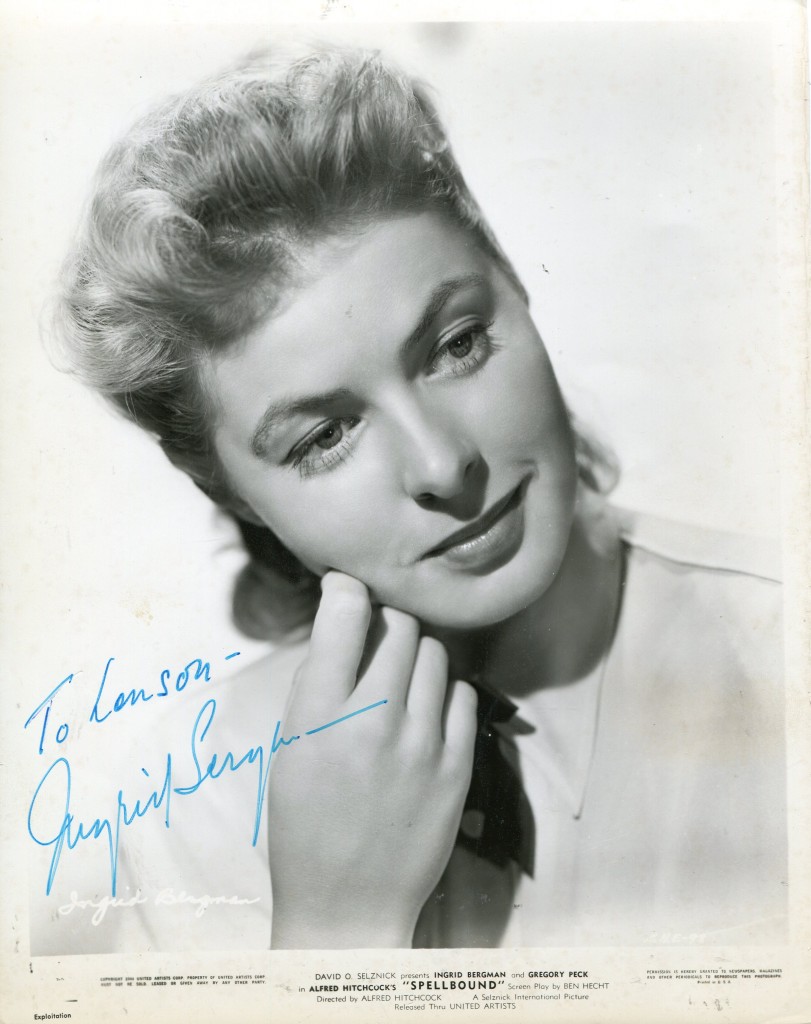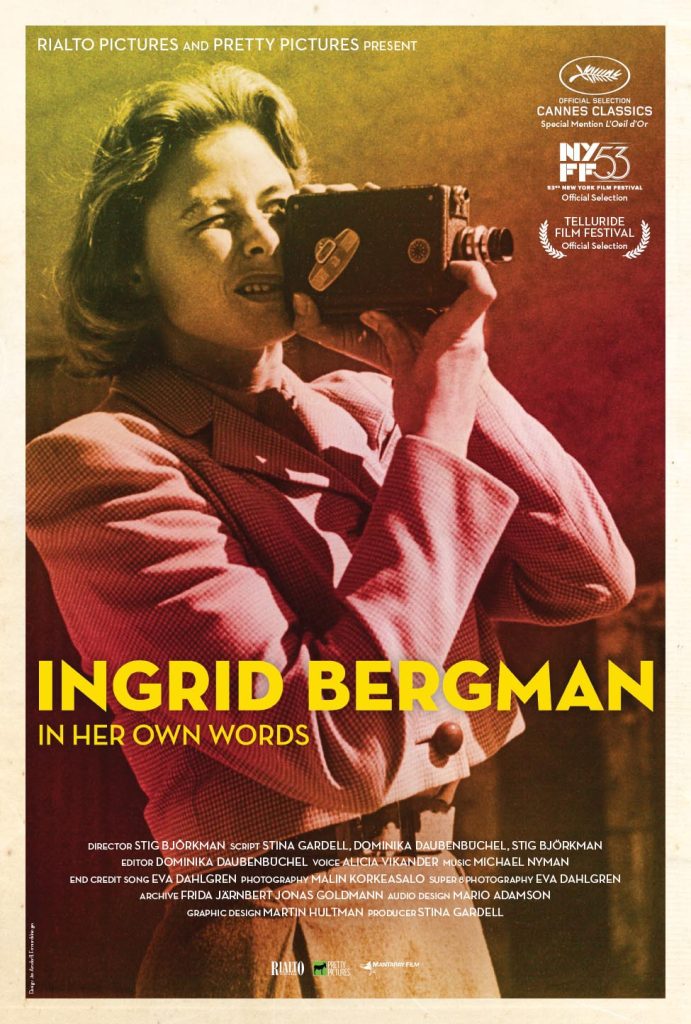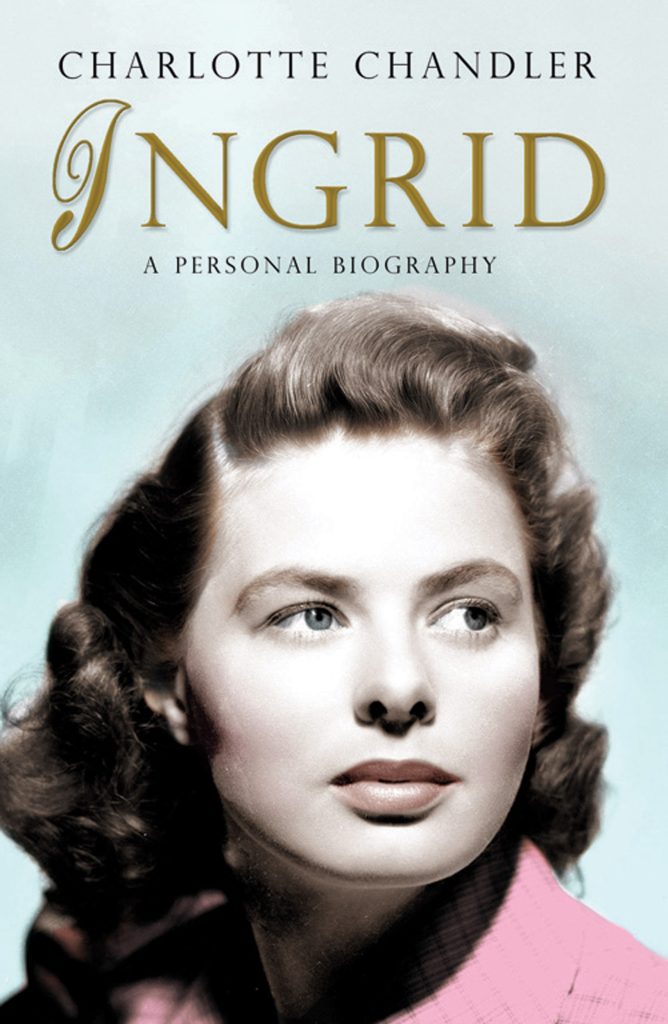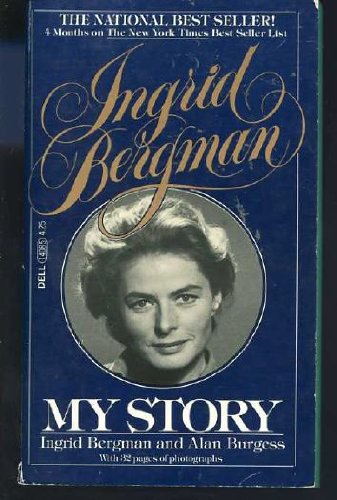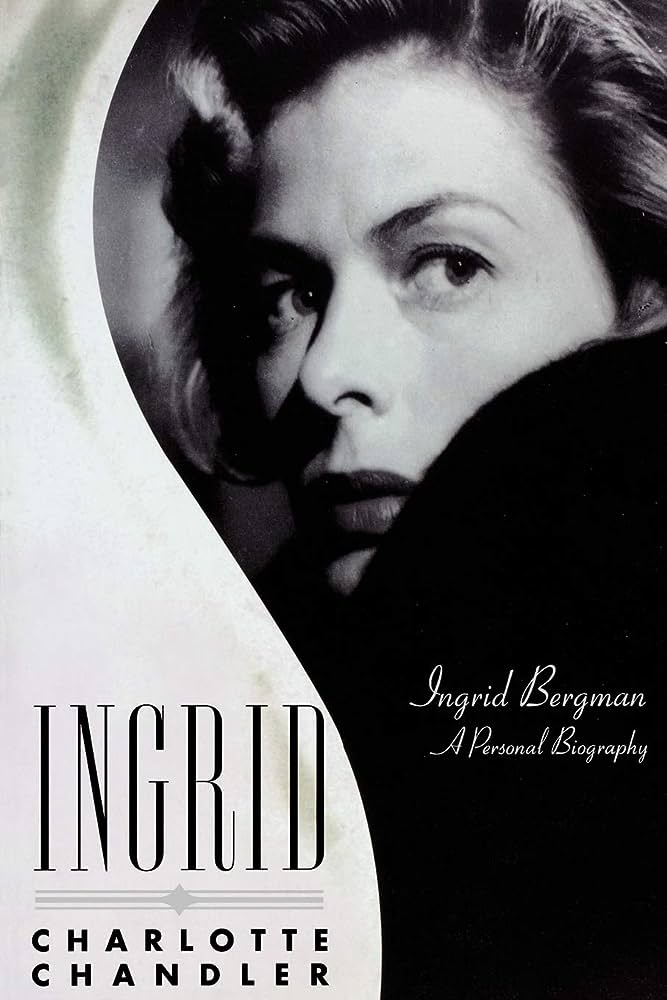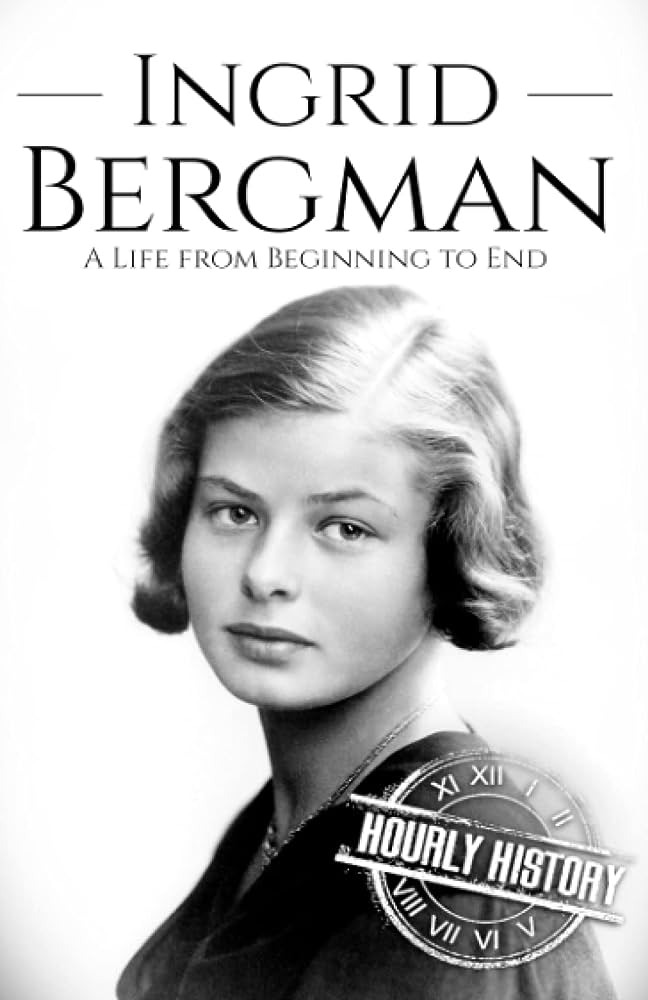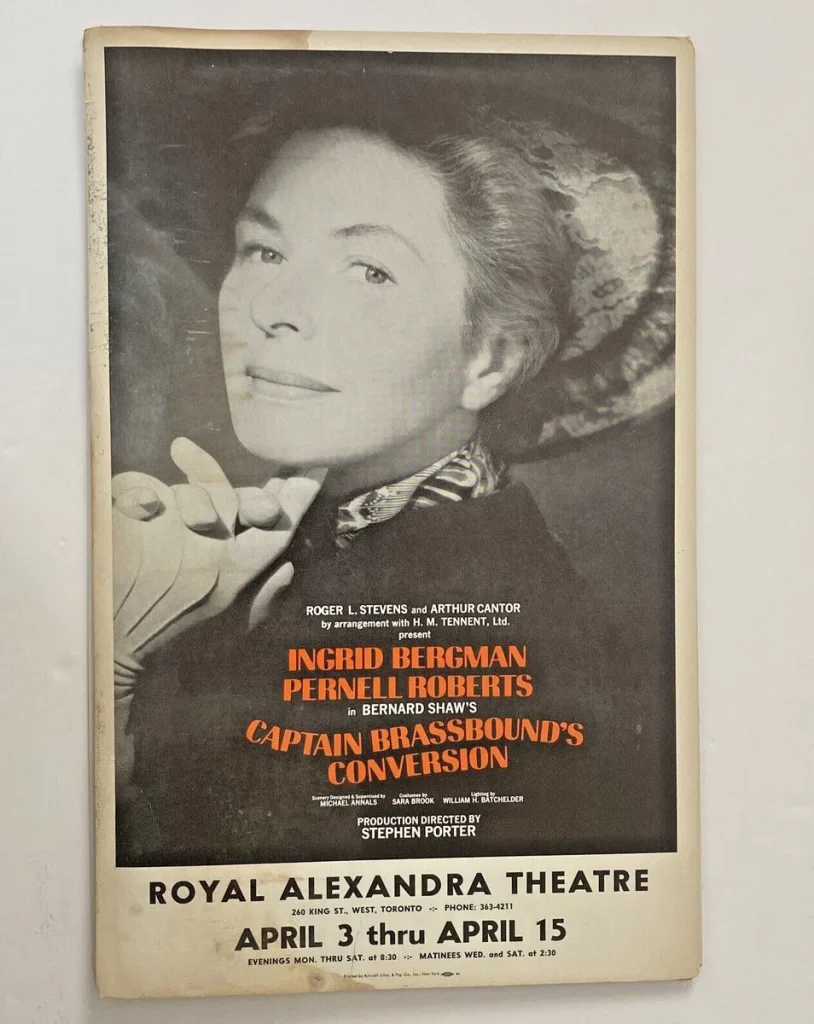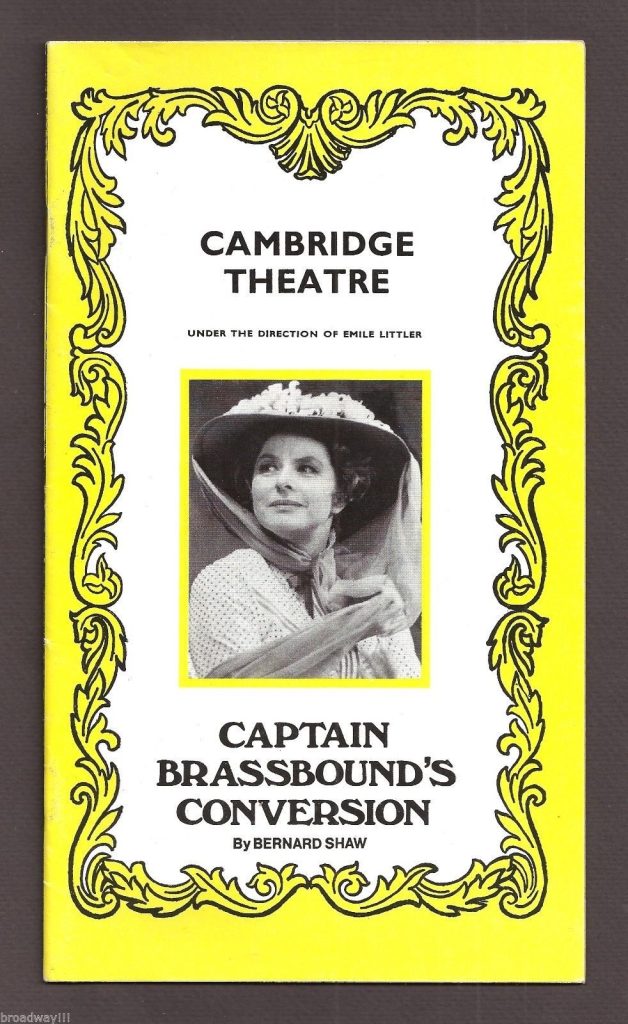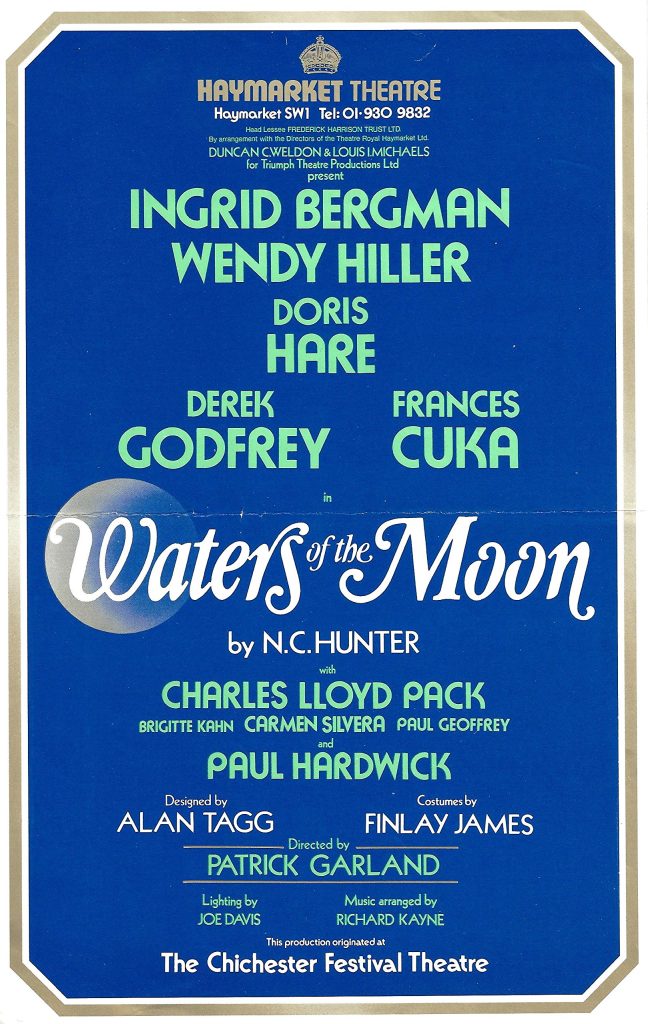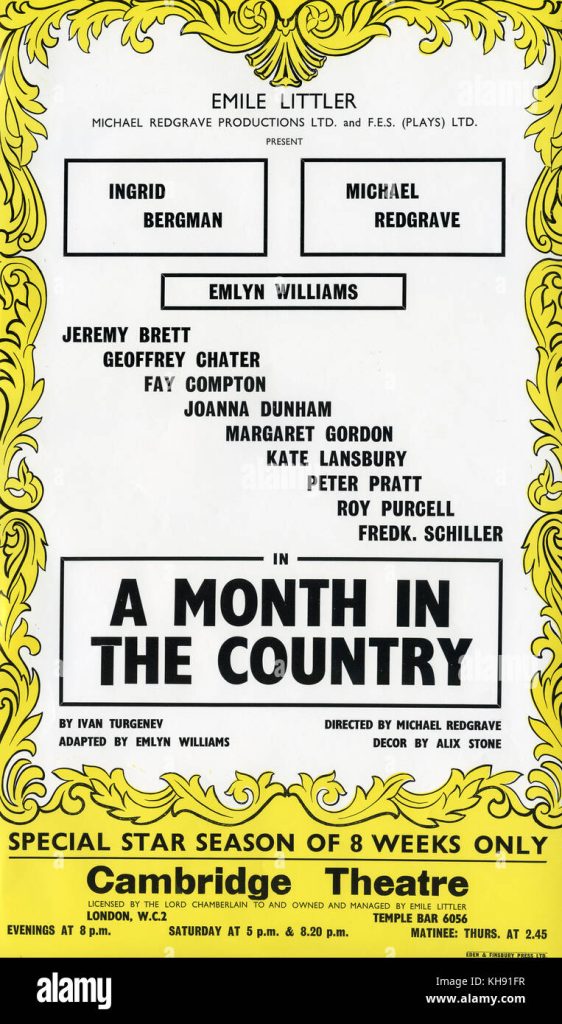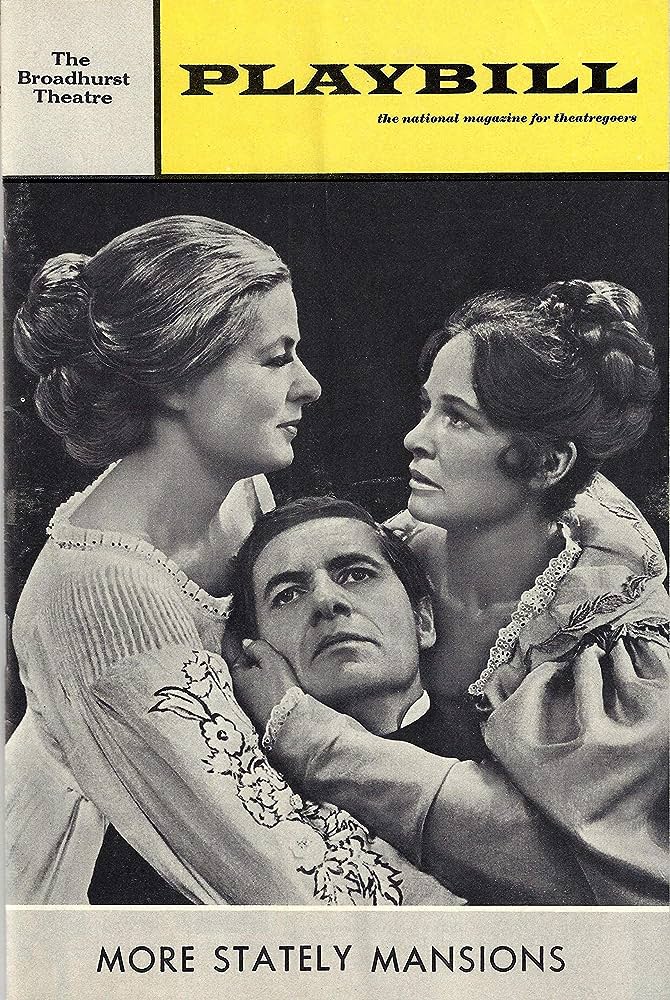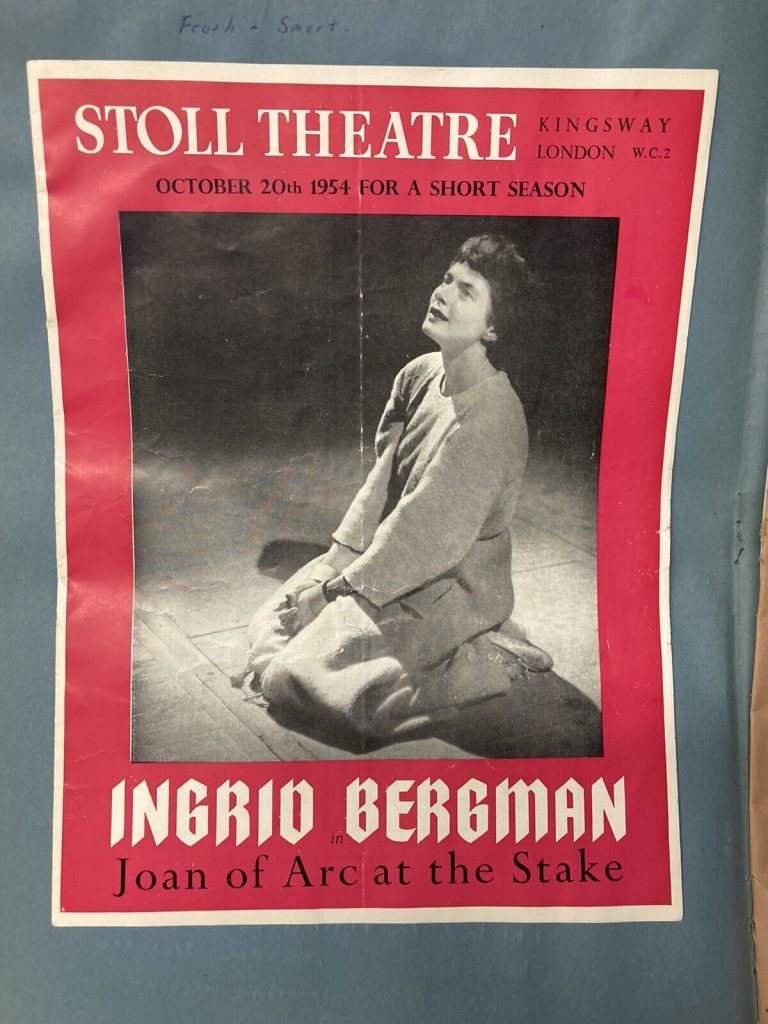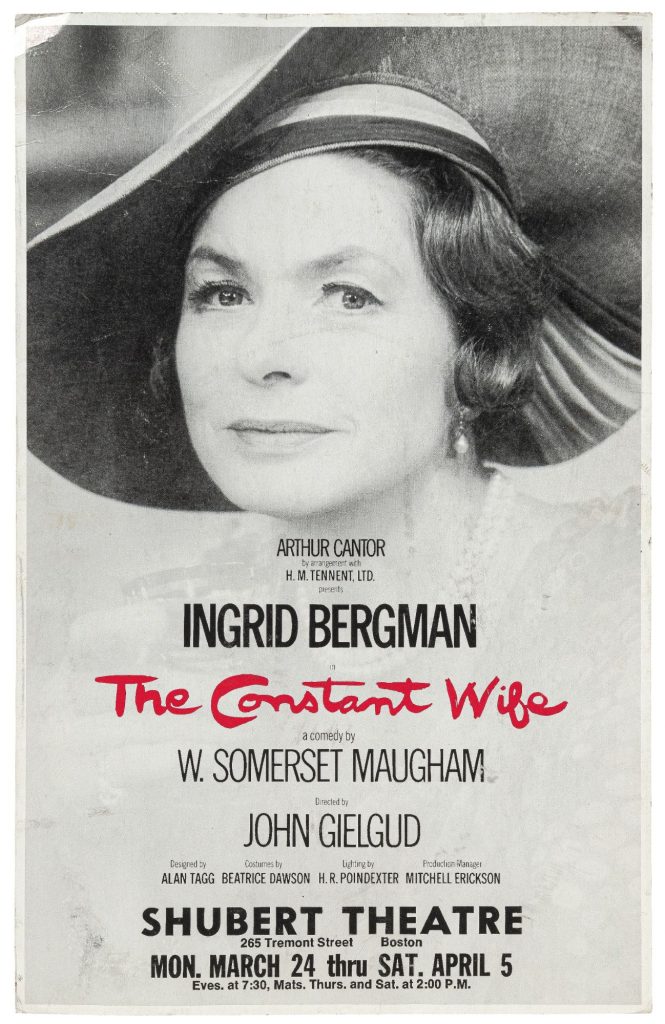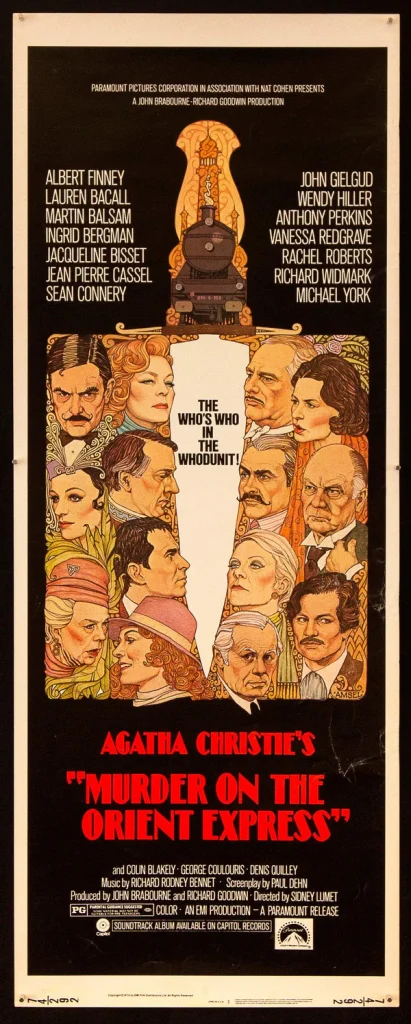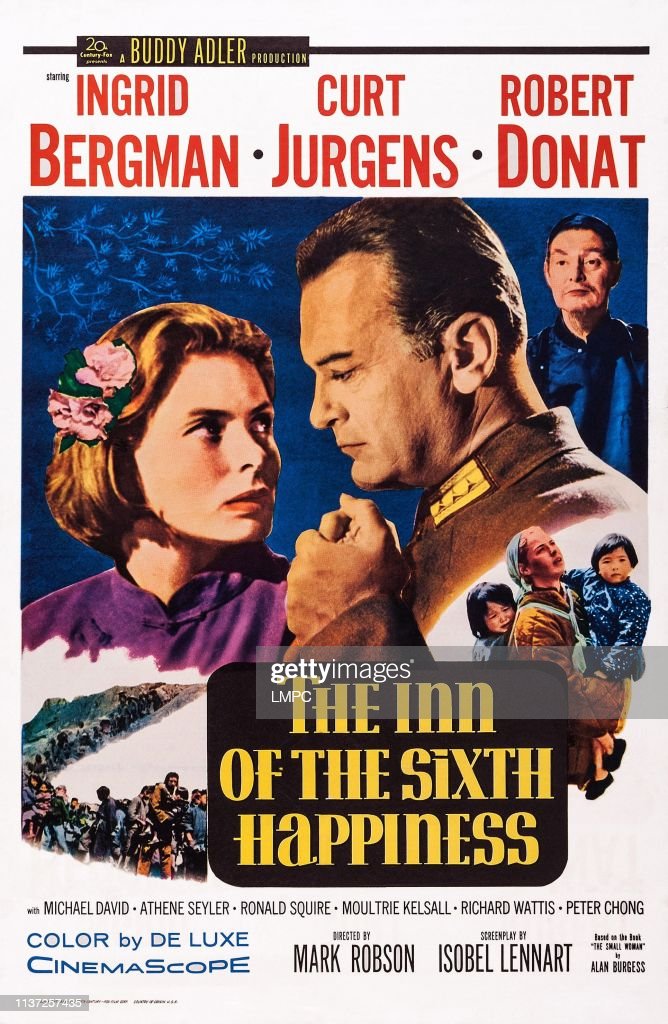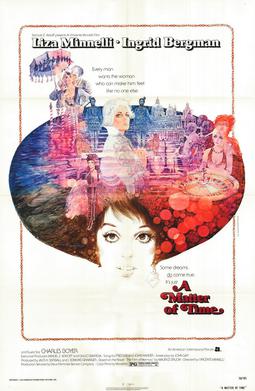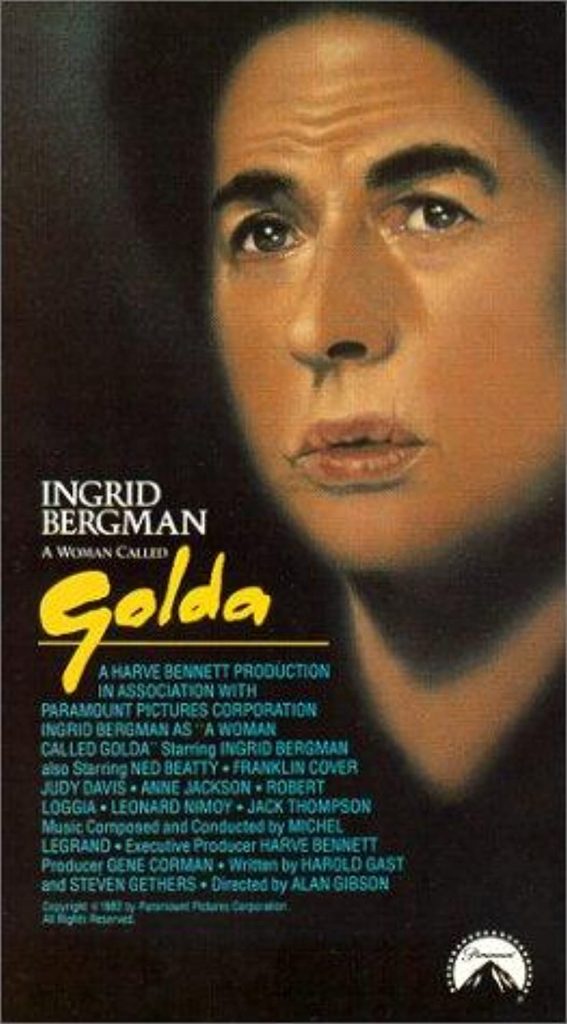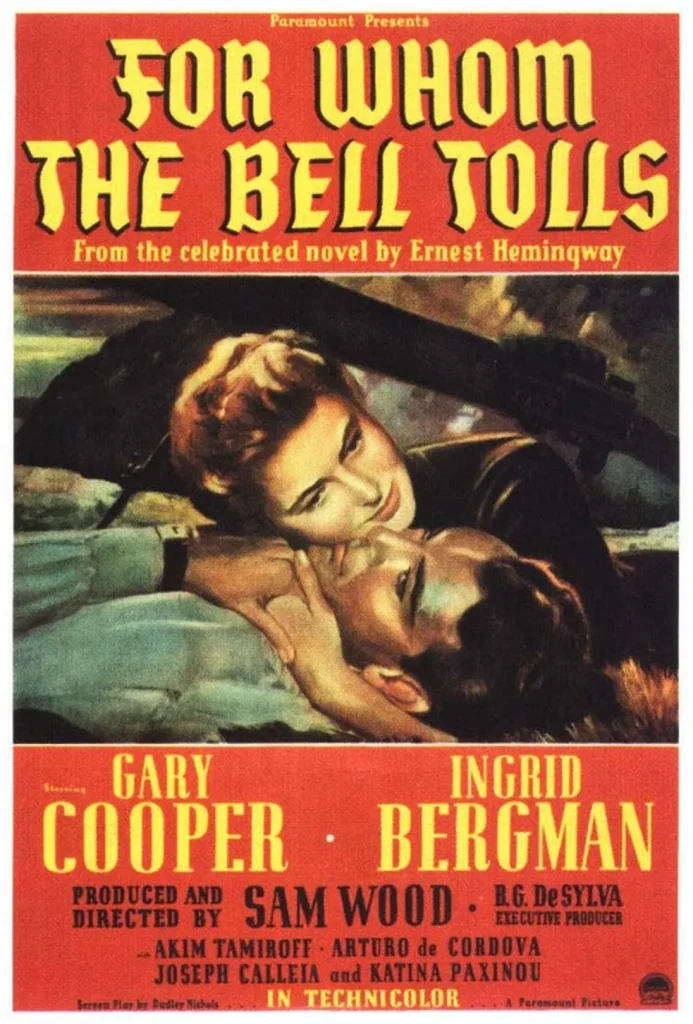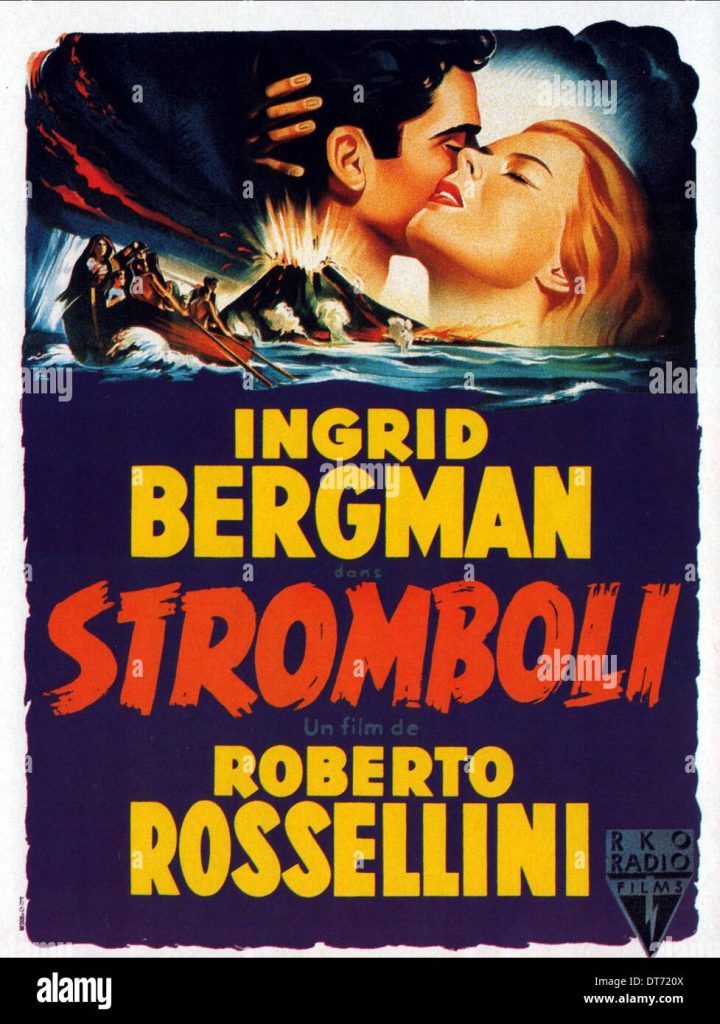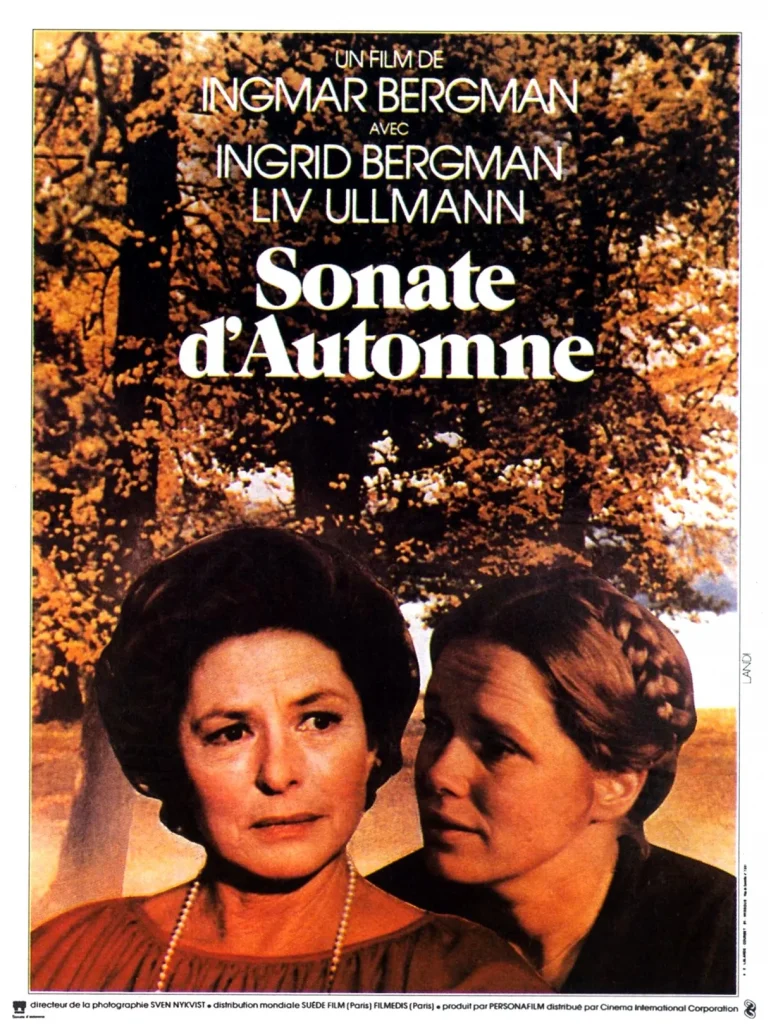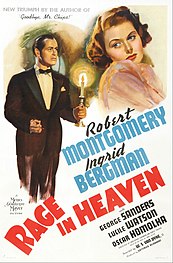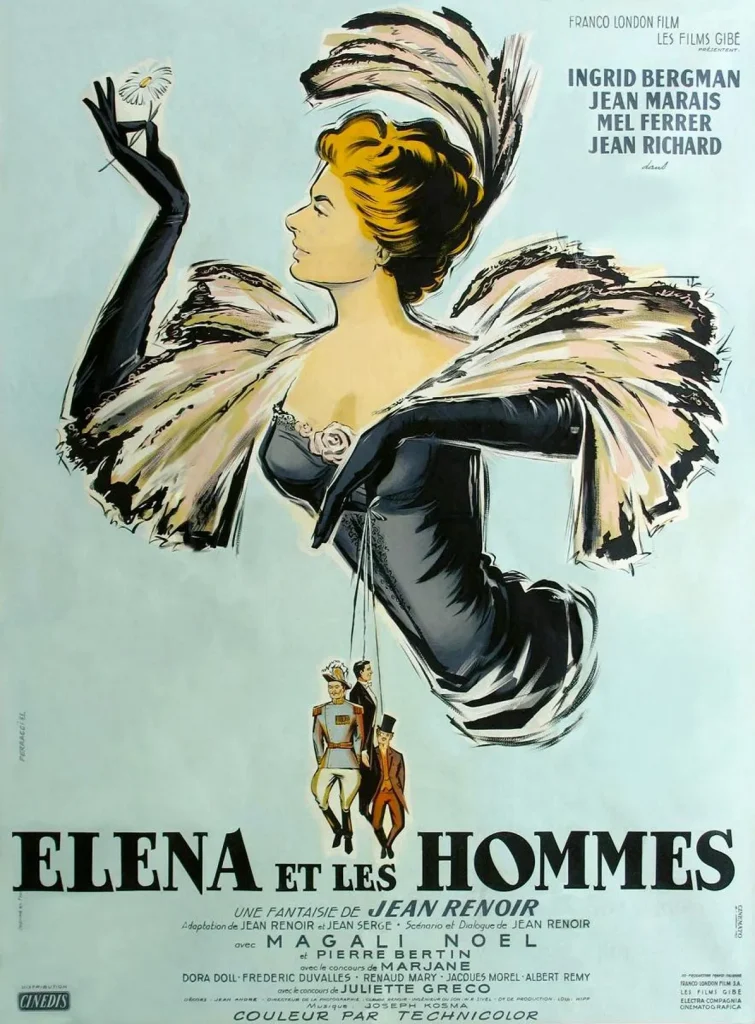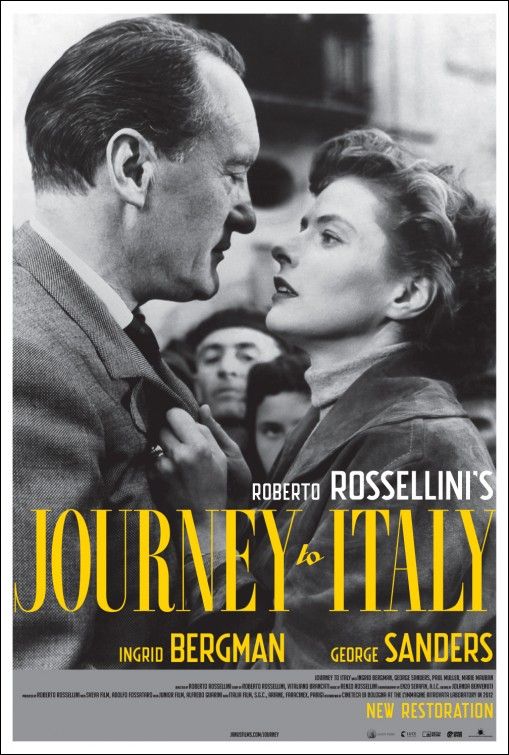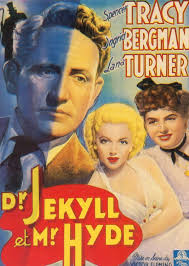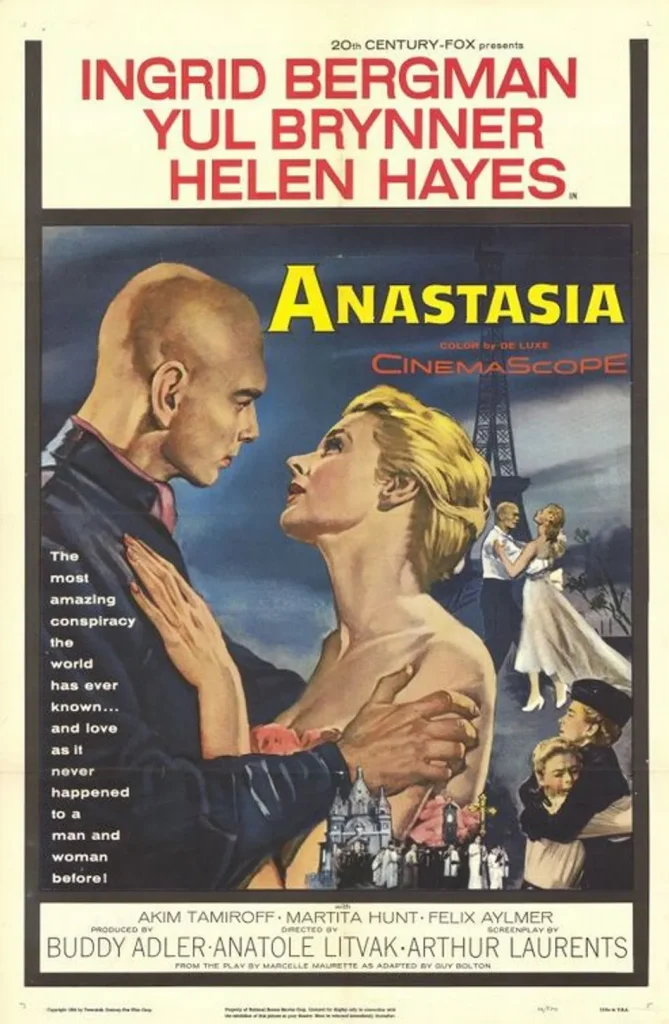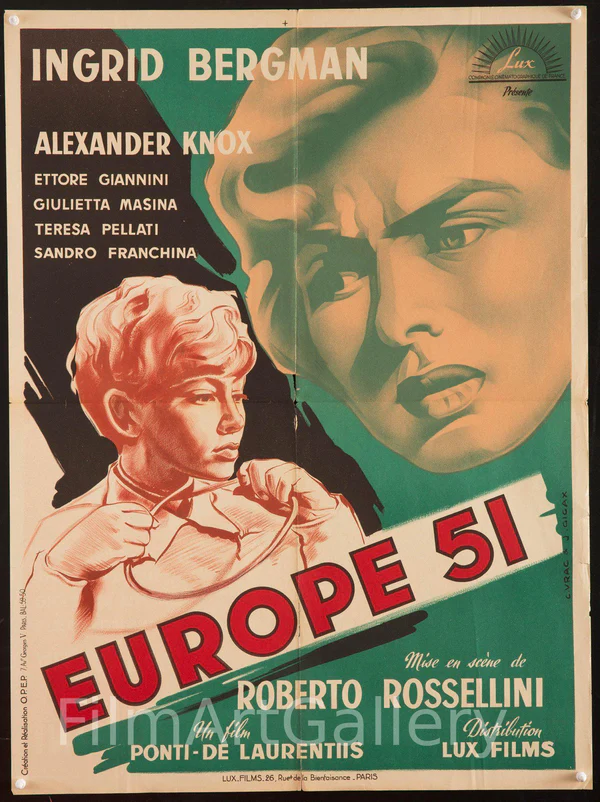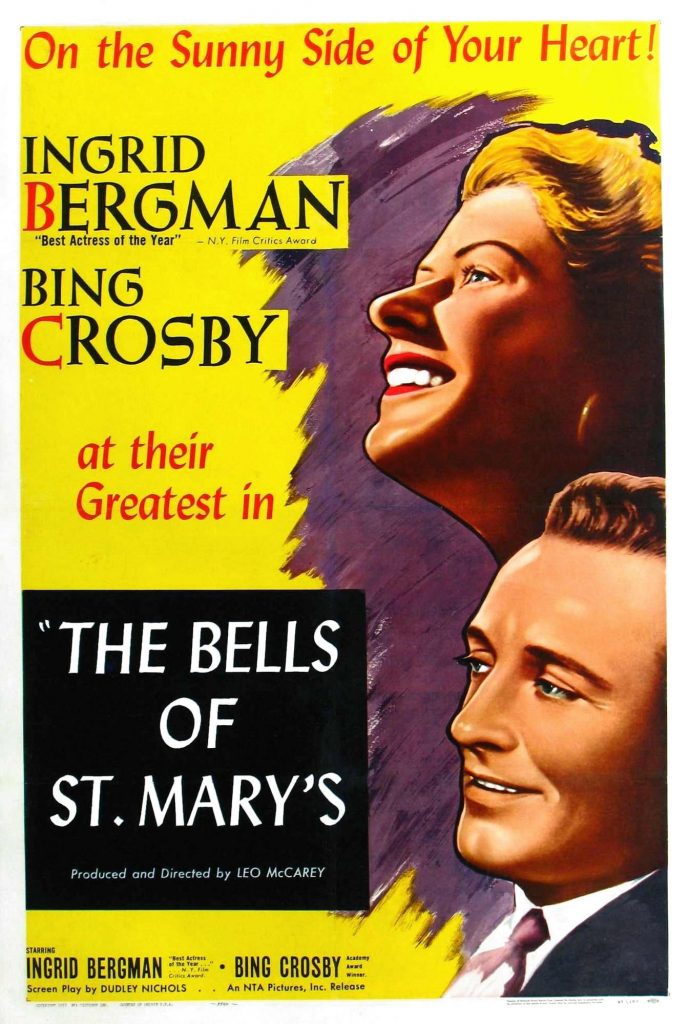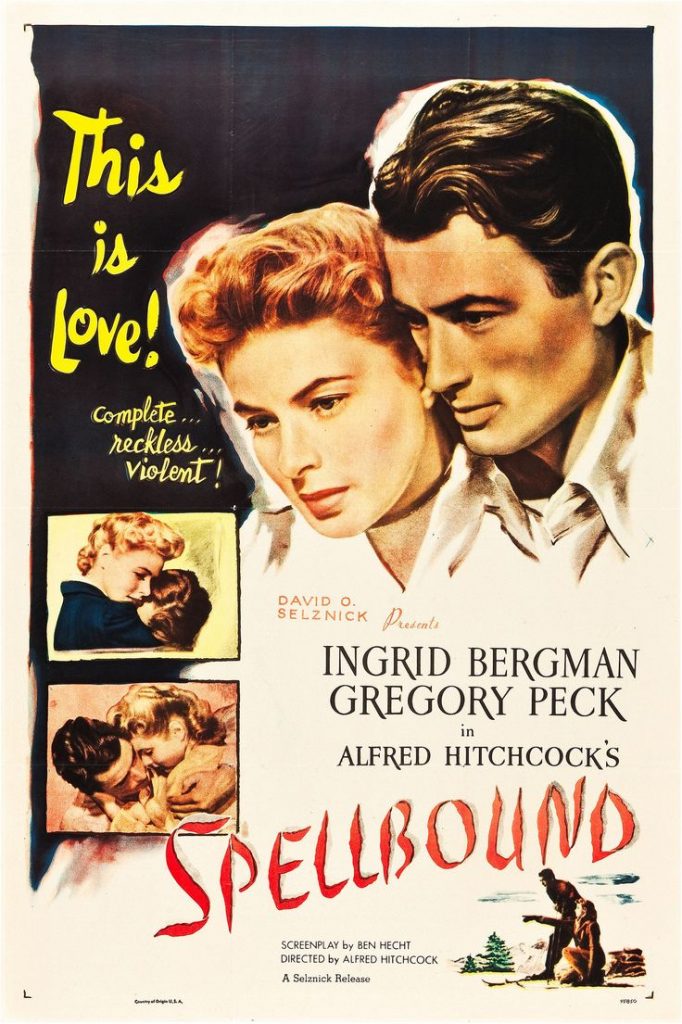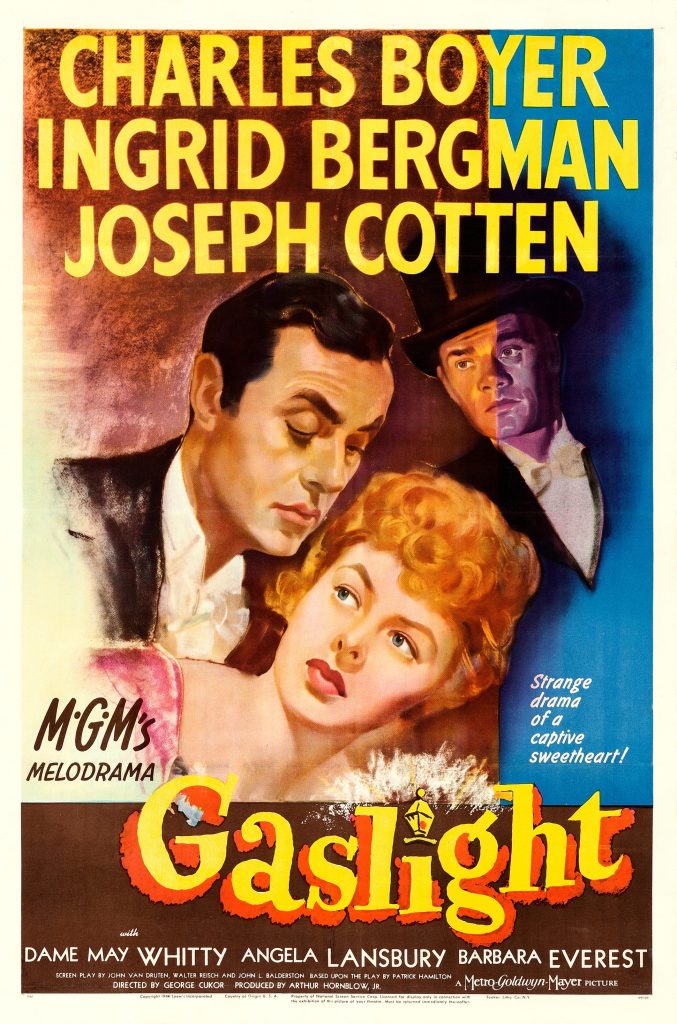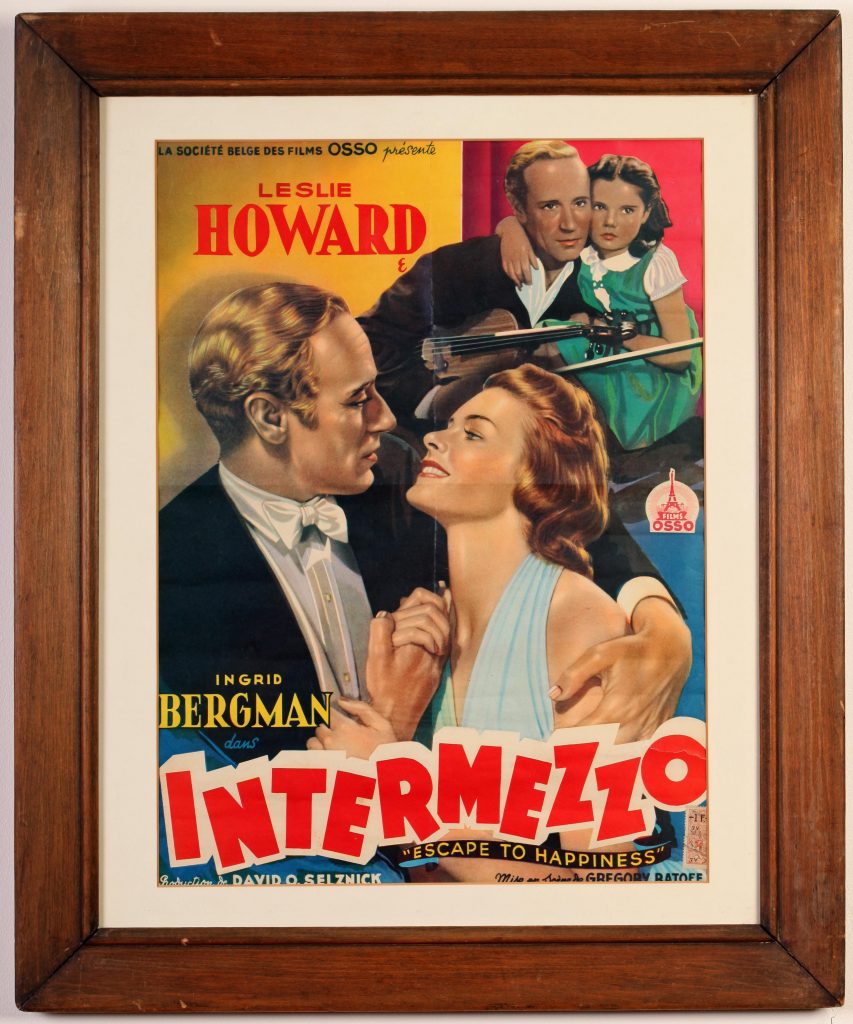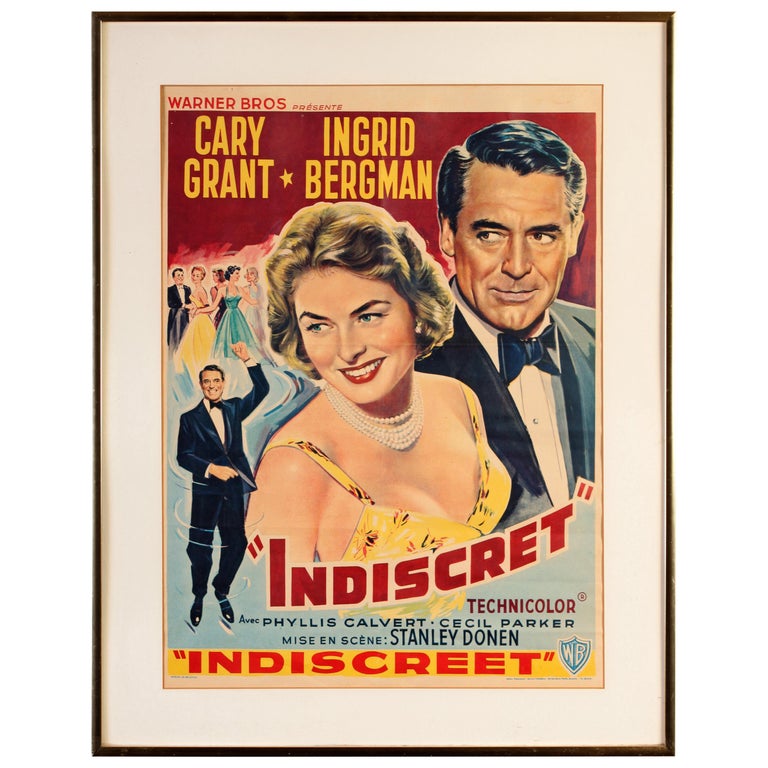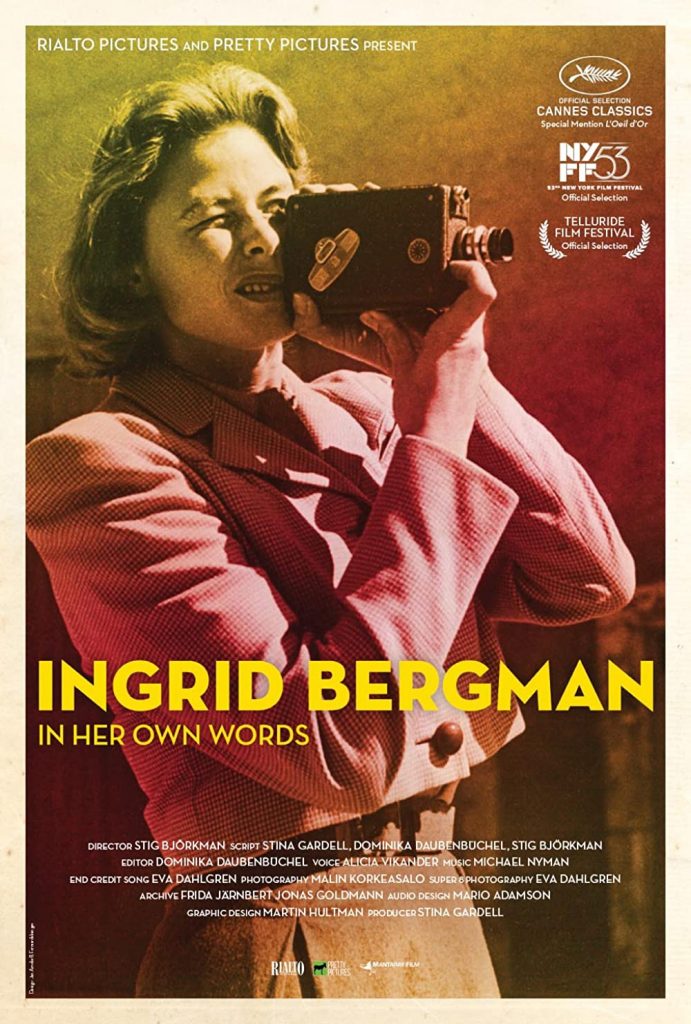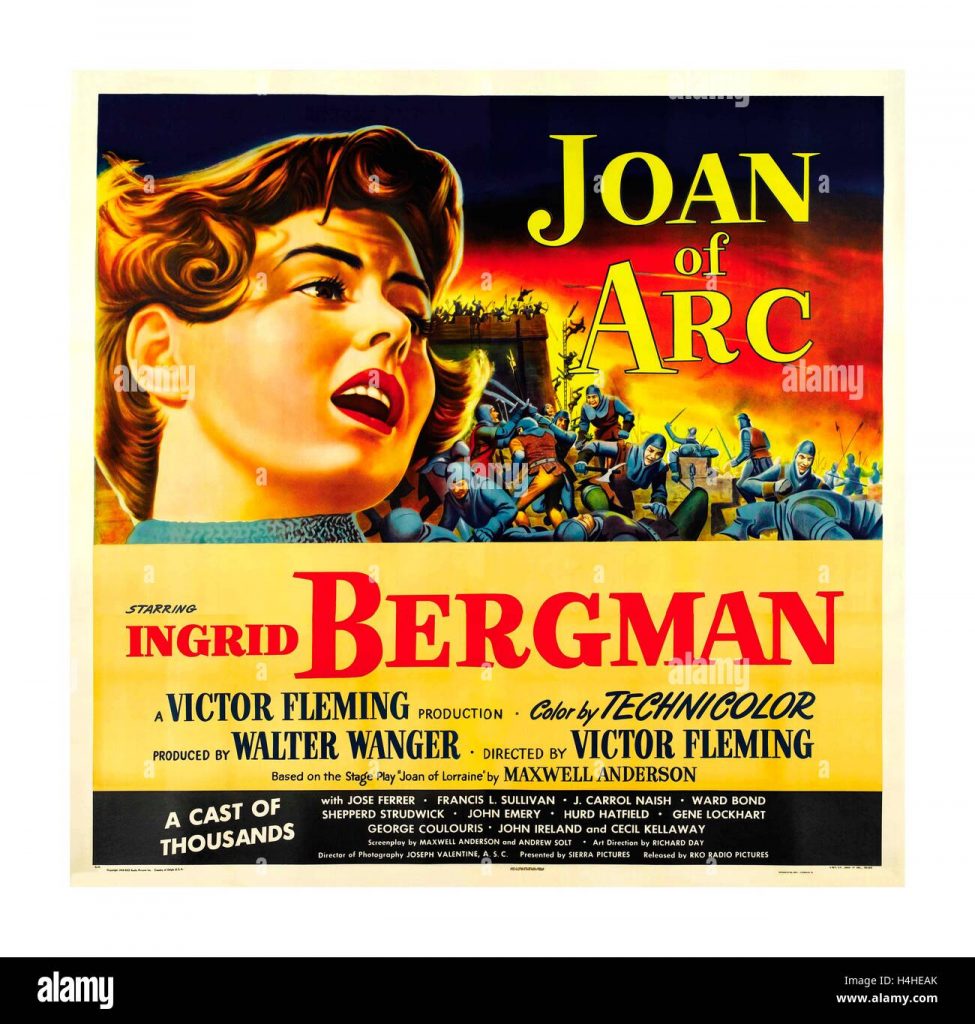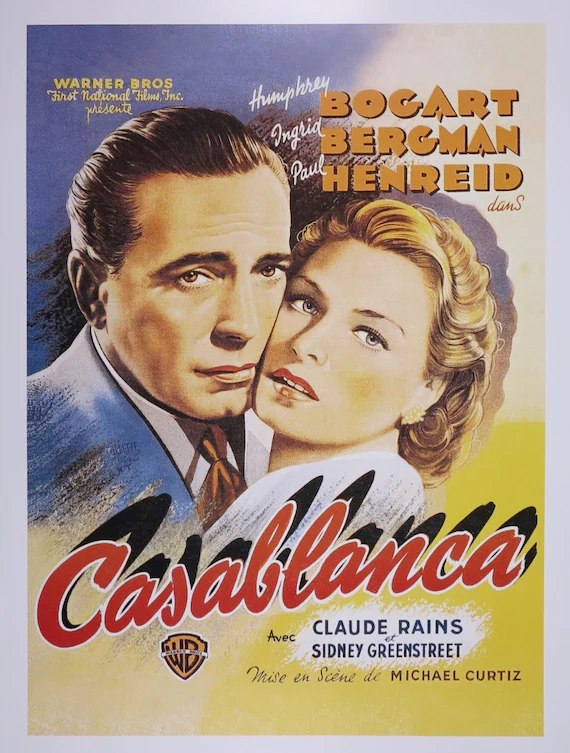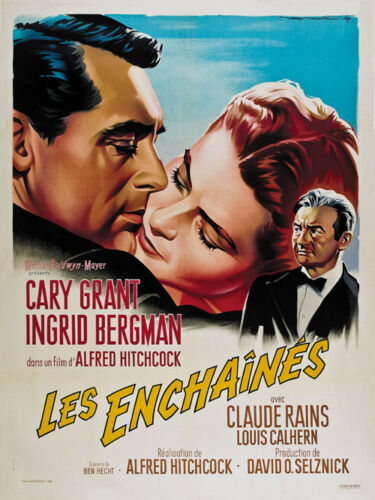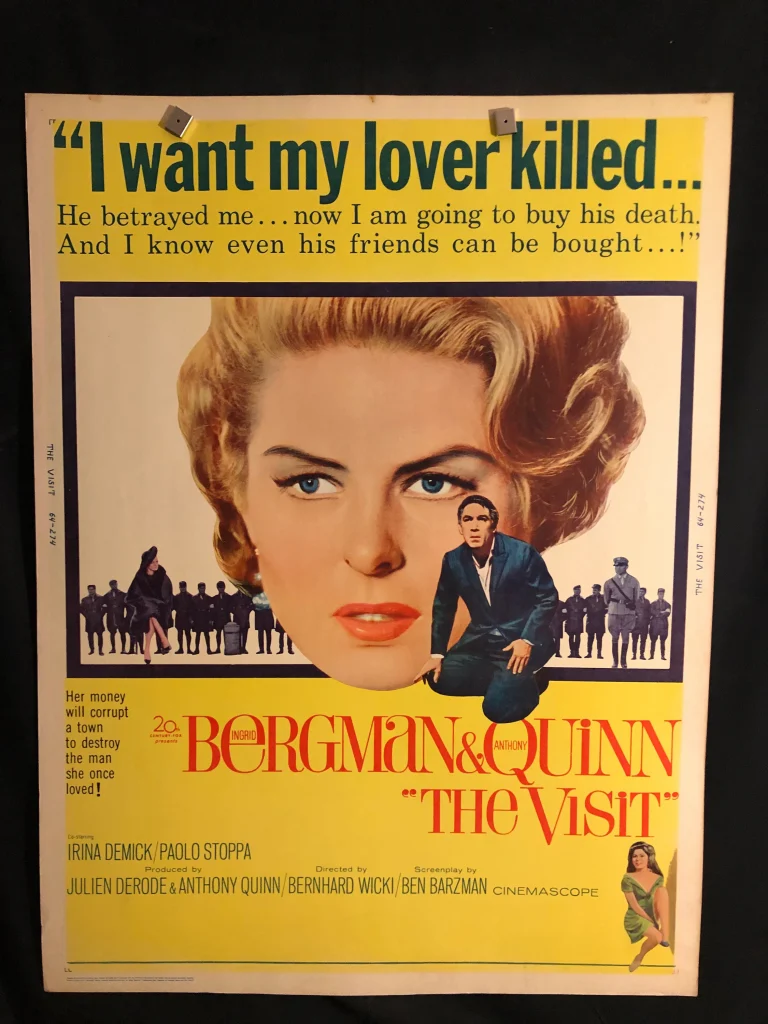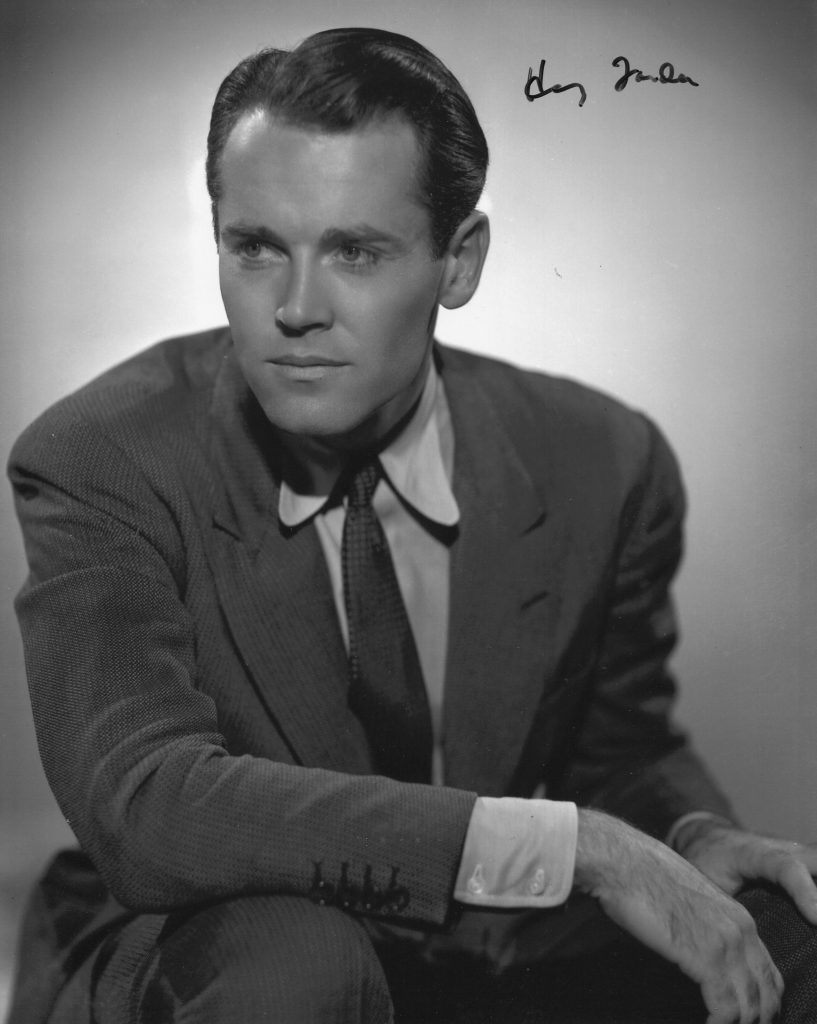
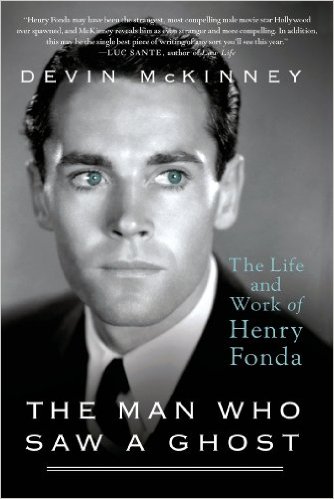
Henry Fonda was born in Nebraska and began his career on the New York stage. He made his first film “The Faromer Take a Wife” in 1935 and over the years had many career highlights including “Trail of the Lonesome Pine”, “Jezebel”, “Fort Apache”, “The Wrong Man”, “Mr Roberts” , “Once Upon A Time in the West” ,”Wings of the Morning” and “The Lady Eve”, Towards the end of his career he received an Oscar for his performance in “On Golden Pond” opposite Katharine Hepburn and his daughter Jane Fonda.
“The Times” obituary :
Obituary
Mr Henry Fonda
Distinguished contribution to the American cinema
Henry Fonda, who died yesterday in Los Angeles at the age of 77, was one of America’s most distinguished screen actors. Though occasionally cast as the villain, his screen image was essentially heroic: he was the man of integrity, the voice of reason, the upholder of justice. He brought to his work an intelligence and a quiet emotional power that marks him off completely from the men of action like John Wayne. Even if they had done wrong, like Tom Joad in The Grapes of Wrath, is characters were basically sympathetic, and were often victims in turn.
His harrowing portrayal of the innocent musician who is a victim of mistaken identity in Hitchcock‘s The Wrong Man saw this scapegoat theme pushed to the extreme; he was equally effective as the juror who manages to talk his eleven colleagues out of their prejudices in Twelve Angry Men. He was a tall, athletic slightly gauche figure — particularly in the early films — with a distinctive mid-western voice. Surprisingly, he had to wait until this year for a best actor Oscar.
Fonda was born in Grand Island, Nebraska, on May 16, 1905 and started his acting career with the Omaha Community Playhouse. He turned professional in 1928 and later joined the University Players Guild, where his colleagues included James Stewart, Margaret Sullavan (his first wife) and Joshua Logan. His first New York appearance was a walk-on in 1929 but he soon graduated to leading roles.
His big chance came with New Faces of 1934 and the following year his film debut in the screen version of another Broadway success, The Farmer Takes A Wife. He had the distinction of appearing in the first outdoor Technicolor film, The Trail of the Lonesome Pine, and first British film in Technicolor, Wings of the Morning.
He progressed through Fritz Lang’s You Only Live Once, playing a criminal on the ran, two pictures with Bette Davis, That Certain Woman and Jezebel, and the Western, Jesse James, to Young Mr Lincoln in 1939. Fonda’s portrayal of the early life of the great President not only consolidated his growing reputation but marked the beginning of an association with the director, John Ford, which was to embrace some of the best work of both men.
Fonda’s Tom Joad in Ford’s version of The Grapes of Wrath is one of the cinema’s great performances, though it was Jane Darwell as the mother of the tragic dustbowl victims who collected the Oscar. Fonda later played a serene Wyatt Earp in Ford’sMy Darling Clementine, the whisky priest in The Fugitive (Ford’s controversial attempt to translate Graham Greene’s The Power and the Glory to the screen) and, somewhat against type, the Custer-like commander leading his men into massacre in Fort Apache.
But these were by no means the only peaks of Fonda’s career. He showed a considerable gift for comedy playing opposite Barbara Stanwyck in the Preston Sturges picture, The Lady Eve, and spoke up movingly but unavailingly against the lynch-mob in Wellman’s uncompromising Western, The Ox-Bow Incident. He served in the United States Navy in the Second World War, returning to make Clementine and a new version of the Jean Gabin classic, Le Jour se Leve.
Then in 1948, at the height of his fame, Fonda deliberately turned his back on Hollywood and returned to the New York stage. He was fortunate enough to have three hits in a row: Mister Roberts, about the crew of a wartime cargo ship, which ran for three years; Point of No Return; and The Caine Mutiny Court Martial. It was the film version of Mister Roberts that finally brought Fonda back to Hollywood after a gap of seven years, the director, John Ford, insisting that he should have the part rather than William Holden or Marlon Brando. Ironically, Fonda and Ford quarrelled so violently during the making of the film that they did not work together again.
Mister Roberts was such a success that Fonda’s film career resumed almost where it left off, though he had passed his fiftieth year and the engaging gaucheness of his youth was no longer an asset he could draw upon; instead he became the pillar of integrity. Though he was generally considered miscast, his performance as Pierre in the 1956 War and Peace was one of the best features of that epic, and there followed The Wrong Man, Twelve Angry Men (which Fonda produced) and two strong Westerns, The Tin Star and Warlock.
After this he returned once more to Broadway and his film appearances became less frequent and, on the whole, less distinguished. The highlights were perhaps his three political films of the early 1960s, Advise and Consent (as the Secretary of State), The Best Man (as the presidential candidate fighting a reactionary and unscrupulous opponent) and Fail Safe (as the President of the United States facing the ultimate nightmare of a nuclear war). The last film was unfortunate to be released in the wake of Kubrick’s Dr Strangelove, which handled the same theme as black comedy, and Fonda’s powerful, yet low-key performance tended to be undervalued.
Fonda’s later work in the cinema was uneven and he seemed sometimes to have difficulty finding suitable parts. He played policemen in The Boston Strangler and Madigan and tried his hand, rather unsuccessfully, at comedy Westerns like Big Hand for a Little Lady, Firecreek and The Cheyenne Social Club (the last two with James Stewart, his friend from early stock company days). And for once in his career he went completely against the grain and played a total villain in the Italian-made Western,Once Upon a Time in the West. But competent though all these roles were, they left Fonda’s admirers yearning for the great days of the late 1930s and 1940s and it is likely that his fame will ultimately rest on his best films of this period.
In 1974 he was given a heart pacemaker but in the same year he embarked upon a punishing one-man show in the theatre, as the lawyer Clarence Darrow. The play ran successfully both on Broadway and at the Piccadilly Theatre in London. Fonda also continued to make films but none added to his reputation until he appeared with another veteran, Katherine Hepburn, in On Golden Pond, a sentimental piece about a retired professor and his family. He was a popular choice for the 1982 Oscar but he had been virtually bedridden since undergoing heart surgery the previous year and was not well enough to attend the ceremony.
So often a figure of repose on the screen, Fonda had a tempestuous private life. He was married five times and his second wife, Frances Brokaw — mother of his children, Jane and Peter — committed suicide. Jane and Peter became film stars in their own right and their political radicalism was at one time the cause of a rift with their father.
The “Times” obituary can also be accessed here.


